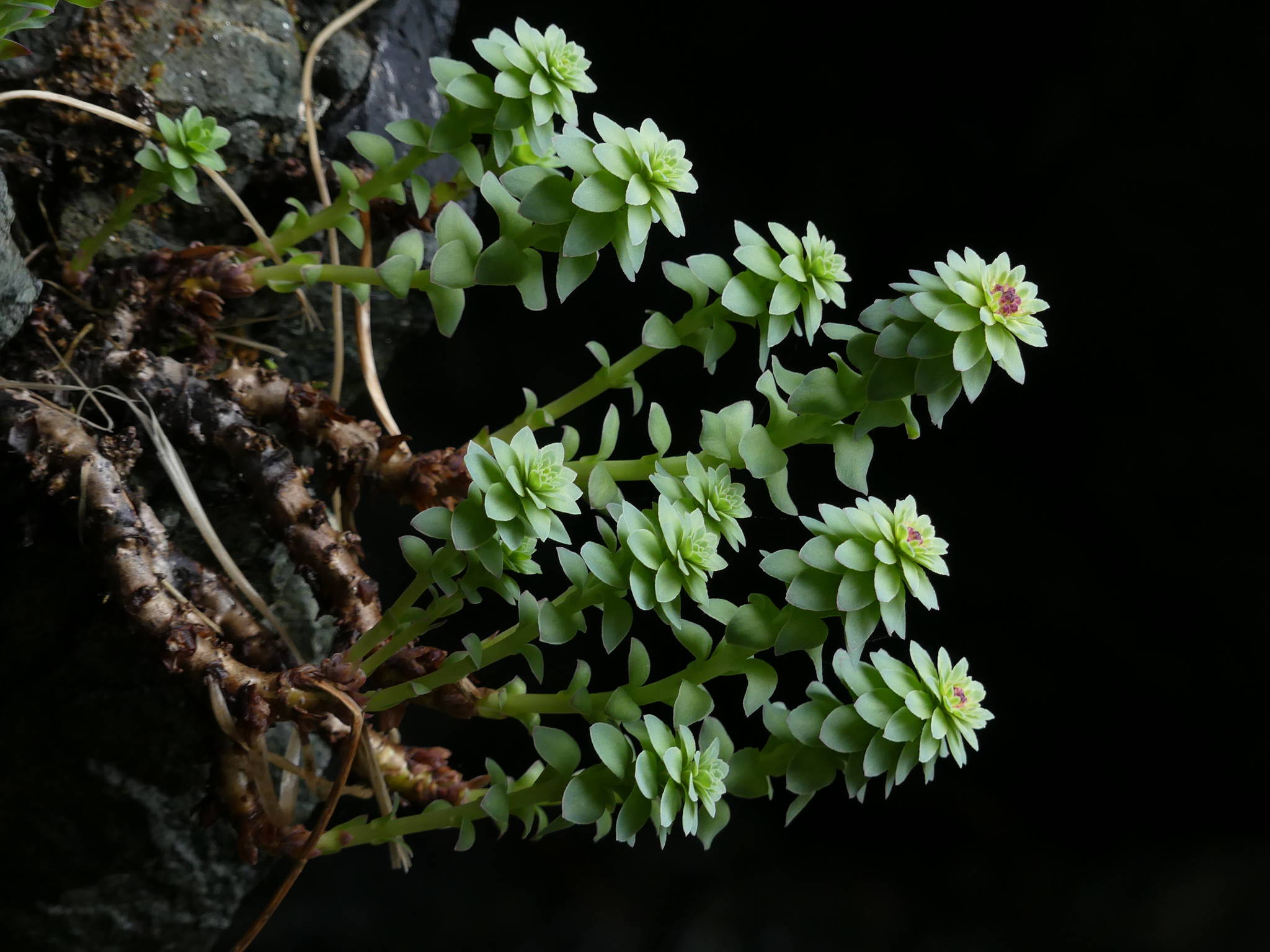As a young professional, I was interested in animals — how they make a living, how they raise offspring, how they behave. Plants were just things that birds perched on, used as nest material, and produced bird-food such as edible fruits and seeds. Of course, they also used the sun’s light to photosynthesize carbohydrates, generating oxygen in the process. But beyond that? They just sat there.
Quite belatedly, I came to realize that plants could be viewed as sessile green birds, even though (being sessile) they can’t fly or walk, and even though they can do some things birds can’t do (photosynthesis). Nevertheless, they really can do many of the things that birds and other animals do: As plant ecologists have long known, they defend themselves (with spines or chemical compounds), they compete for light and soil nutrients, they sometimes even produce chemical compounds that suppress other plants that try to grow competitively close. More interesting was the revelation that they compete for mates, by developing more attractive flowers to draw in more pollinators, for example, and in some cases they can even choose their mates, by rejecting pollen from certain pollen donors. That provided a direct parallel to what many animals do, and it was an eye-opener for me.
Later, reports began to surface about plants communicating with each other. No, they don’t cry, yelp or speak as many animals do, but they use other means to “talk.”
Back in the 1980s, two research papers elicited a strong backlash of disbelief, scorn and derision. One paper focused on poplar and maple trees, the other on Sitka willow, a western tree that grows here in Juneau. Both papers reported that if leaves of one individual tree were damaged by chewing insects, that individual tree ramped up not only its own chemical defenses but also, surprisingly, the neighboring trees did likewise! Later papers showed that the neighbors don’t even have to be of the same species: damaged sagebrush could cause close-by wild tobacco plants to bolster their chemical defenses. Airborne chemicals (pheromones) from the damaged plant were perceived by neighbors, which then mounted their own defensive response.
As the years passed, the experiments continued and became more convincing, so the scoffers grew less vociferous. However, as far as I have determined so far, there are still some big questions: is this really some form of signal, which implies an intended receiver? Does the initial damaged plant benefit from emitting volatile warnings of potential danger from leaf munchers? If the neighboring plants are genetic relatives, there might be a benefit to them all. Or are the neighbors merely eavesdropping on a signal that the initial damaged plant emitted, sending a quick message to the rest of its own leaves? The story continues to unfold as research continues.
Much less controversial is the underground network that links most of the land plants in a given area. This network is made up of filaments of fungus; some fungal connections extend for tens and even hundreds of meters. Many kinds of fungi contribute to this network: some link only certain kinds of plants, while other have more general associations with a variety of species. The fungi in question here are called mycorrhizae (fungus-root), because they are closely associated and in some cases even penetrate the roots of land plants.
The classical view of mycorrhizal systems has been that carbohydrates from green, photosynthetic plants are transported to the fungus, and the fungi garner mineral nutrients from the soil, transporting them to the green plant. A nice simple symbiosis, in which both partners benefit.
But it turns out to be far more complex than that. Mycorrhizae constitute a system of conduits through which pass not only carbohydrates and nutrients, but also molecular signals of stress resulting from damage and sometimes other molecules as well. Some studies have shown that stress signals from a damaged plant can induce defenses in the receivers in just a few hours, by turning on the genes that control the production of defensive compounds.
Research has shown that the fungal network can connect many different plants, even of different species. A big green conifer tree may supply carbohydrates or defensive chemicals to numerous other plants, not only near neighbors but those that are some distance away. A mycorrhizal fungal network might draw soil nutrients from a fertile area to plants that are trying to grow in less fertile ground. On the other side of the coin, so to speak, it is also possible for biological warfare to occur via the network: one plant can send damaging chemicals to its connected neighbors, suppressing their growth and thus reducing competition from them. The mechanisms by which all these interactions take place are still a subject of study.
Further studies have shown that at least some plants can identify the genetic relatedness of their neighbors, distinguishing kin from non-kin by means of exudates from the roots, probably carried by the connecting fungi. That makes possible discriminatory behavior of such plants…they provide more carbohydrates to kin than to non-relatives, for example.
So what we see as individual, independent plants above ground is really an association of interdependent plants that are connected underground, interacting in a variety of ways. In short, no land plant really stands alone.
• Mary F. Willson is a retired professor of ecology.

